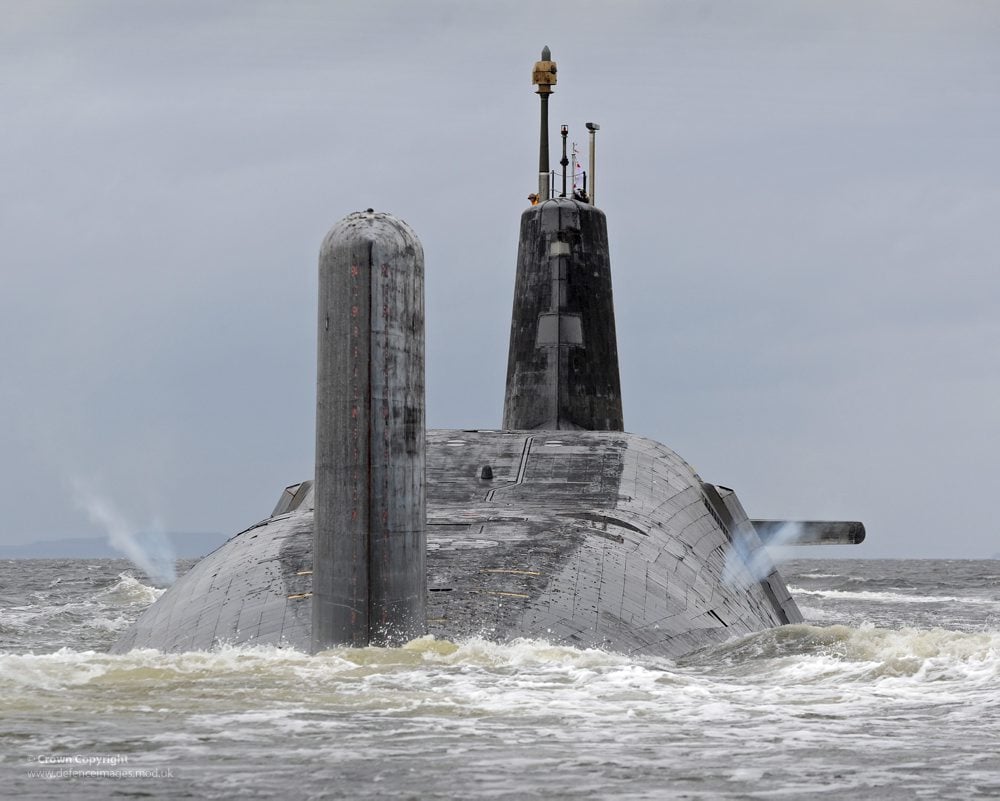
The U.K. House of Commons approved a measure to renew the Royal Navy’s Trident nuclear weapons program and continue funding for four planned Successor-class ballistic nuclear submarines (SSBN).
The estimated $40 billion replacements for the Royal Navy’s four Vanguard-class SSBNs will extend the U.K.’s sea-based nuclear deterrent into the 2050s, U.K. Defense Minister Michael Fallon said in a Tuesday statement.
“We have voted to protect our nation from the most serious threats we may face in the 2030s, 2040s and 2050s,” Fallon said.
“We will now get on with building the next generation of nuclear submarines to help keep the nation, and our allies, safe for decades to come.”
The vote – 472 to 117 in favor of the Trident renewal – was the first major U.K. defense decision under Prime Minister Theresa May, who has been in office only a few days.
The Trident program is a divisive defense issue domestically in the U.K. with opposition to Britain’s nuclear arsenal centered in the Scottish National Party. Monday’s vote also showed divisions in the Labour Party.
In 2014, a key plank in the movement for Scotland to leave the U.K.’s platform was the eviction of the boomers and the warheads from the Royal Navy’s Vanguard base at Her Majesty’s Naval Base Clyde in the southern part of Scotland.
A Trident eviction from Scotland may be revised if the region again makes moves to leave the U.K. following Britain’s popular vote to leave the European Union in late June.
With Monday’s vote, the Royal Navy will continue with the 16,000-ton Successor-class program — which is closely linked to the U.S. Ohio-class replacement program.
In 2006, London and Washington agreed to cooperate on designing and building a common missile compartment for the Successor and Ohio-class submarines.
While the U.K. controls its own warheads, the Royal Navy and the U.S. Navy share a common stock of the Trident II D-5 missiles for the Vanguard and Ohio SSBNs stored at Naval Station Kings Bay, Ga.
Last month, Vice Adm. Terry Benedict, director of the U.S. Navy’s Strategic Systems Programs said he spoke with his U.K. counterpart and did not anticipate any changes to strategic relationship following the so-called Brexit vote.
“We will continue to maintain this strong strategic relationship to ensure a reliable and relevant strategic weapons system is deployed today on our Ohio and the U.K. Vanguard class as well, in the future, on the respective follow-on platforms,” Benedict said.
The first Successor is slated to deliver in 2028. The four submarine class aims to provide an independent continuous at-sea nuclear deterrent for the U.K.





